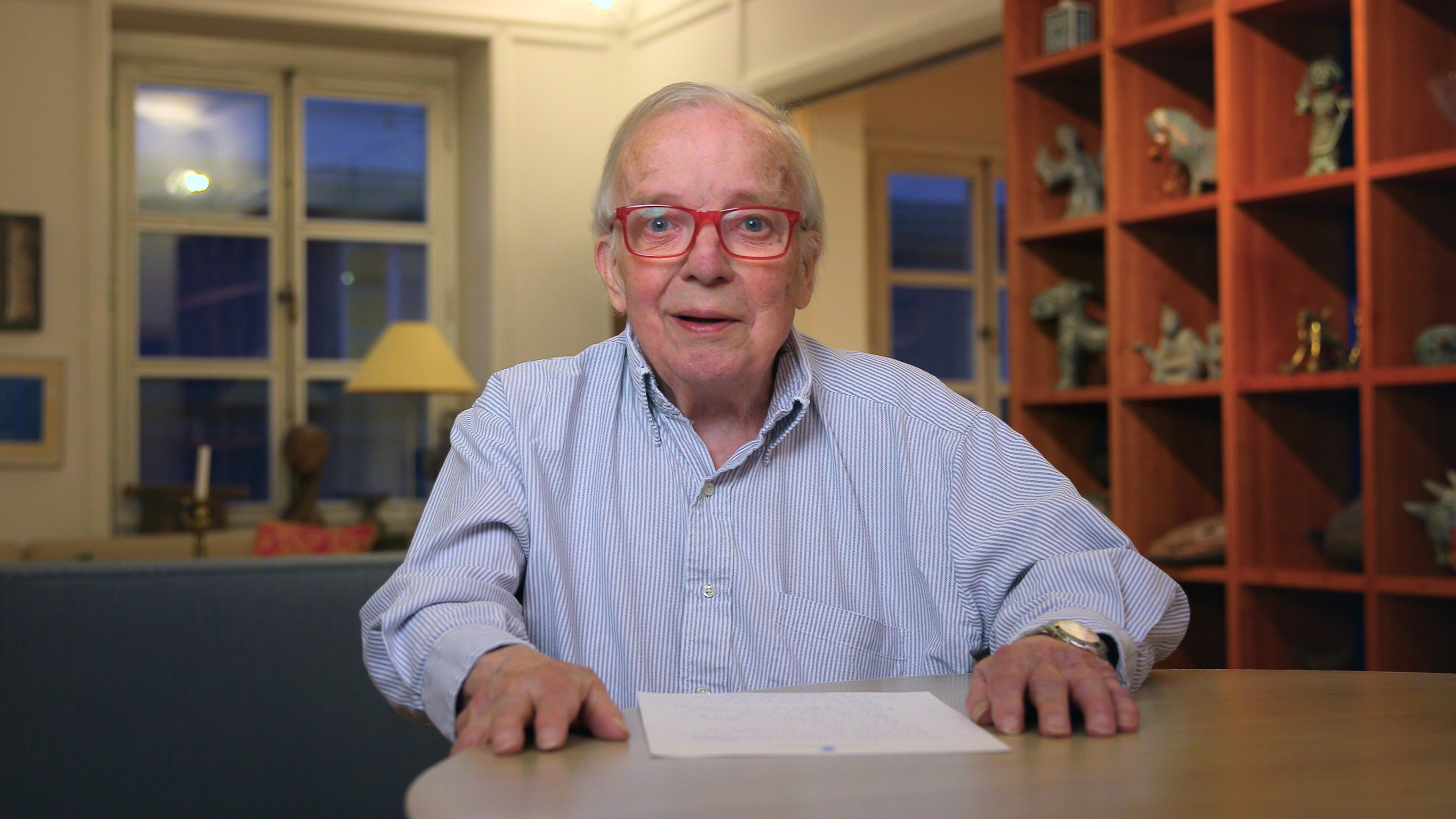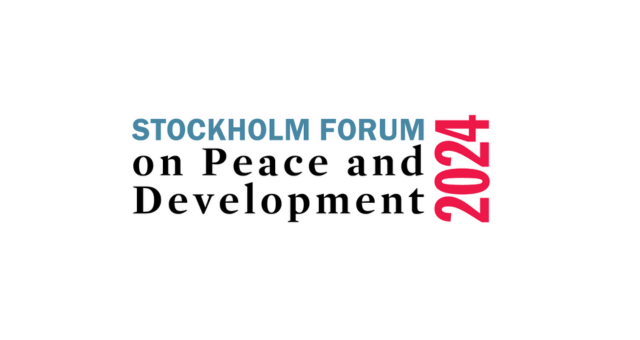
On 25 April and 12 May the country was struck by two major earthquakes. These devastating events provided a strong impetus to speed up the process of constitution drafting which had been stalled for years due to political disagreements and changes of government.
September 20 became a historic day for Nepal as the new constitution was promulgated, a source of celebration for many and of frustration for some.
The month preceding it was marred by violence and protests against the draft constitution, which left over 40 dead and hundreds injured. Protesting communities say the constitution fails to address their needs through an inclusive federal system. The coming year will be critical in terms of getting constitution implementation started and the disaffected groups back to the table.
New constitution as part of the Peace Agreement
Writing a new constitution through a Constituent Assembly was part and parcel of the Comprehensive Peace Agreement (CPA) signed between the Maoists and then seven party alliance in November 2006, after a decade long insurgency. The peace agreement was made possible by a successful people’s uprising for democracy (Jana Andolan) which forced the monarchy to give way for political parties.
According to the peace agreement and the Interim Constitution of 2007, the new constitution was to end centuries’ long exclusion of the marginalized groups and create the basis for socio-economic transformation of a country which, in spite of enormous potential, is still among the least developed in the world. It was also to institutionalize Nepal as a secular, federal republic which it does. So it was all the more sad that the promulgation was shadowed by protests by some of the marginalized groups and even killings in southern part of the country.
During the insurgency the Maoists invited many of the excluded ethnic groups to join the armed struggle with promises of inclusion, ethnic ‘home lands’ and social justice. The first elections for the Constituent Assembly took place in 2008 and to the surprise of many the Maoists won a landslide victory, however short of the 2/3 majority required to pass a new constitution. The newly formed Madheshi parties –representing southern plains – did well too. The first assembly was dissolved without a new constitution in place and in the second elections in 2013, the voters chose the other main stream parties which also promised federalism and inclusion in their electoral manifestos.
Voters angry with the lack of performance punished the Maoists and Madhesi parties, who lost the second election dramatically. The monarchy supporters, representing the furthest right in the Nepali political spectrum, increased their support slightly but remained marginal.
What is in the new constitution?
There is much to be applauded in the content of the constitution. It does institutionalize Nepal as a secular, federal, republic with multiparty democracy, thus relegating the Hindu Kingdom to the history books.
There was much tension about including the word “secular” in the preamble until the very last moments of drafting. Many preferred the word “multi-religious” or leaving the word out altogether. It was however important to emphasize that the state itself did not represent any one religion in a multi-religious society. Compromise was reached and the world secular was included with the following explanation:
“Secular” for the purpose of this Article shall be understood as religious, cultural freedom including the protection of the religion and culture that is being practiced since the Sanatan (eternal).
The constitution also puts the armed forces squarely under civilian control. And after years of debates about presidential versus parliamentary system of government, the majority has now agreed on a bicameral parliamentary system.
The president, as head of state will be elected by parliament. In the past, Nepal has suffered from instability and from frequent changes of governments and it remains to be seen how the system will work as bicameral one. Those who favored a presidential system said it would bring stability and allow development policies to be followed through, not constantly changed.
The constitution also confirms the change of electoral system from the first past the post (FPTP) to a parallel system in the parliamentary elections, thus enabling more proportionate representation of various political parties, which is an important objective in a post conflict society. The parallel system will also allow for a more inclusive representation of women and other marginalized groups. The constitution states:
“Provision shall be made according to federal law for the representation of political parties to file candidacy for the election of the House of Representatives for proportional representation system through closed list, of women, Dalit, Adibasi Janajati, Khas Arya, Madhesi, Tharu, Muslim, and backward regions. Such candidacy shall also consider balance in geography and province”
However, there is no threshold introduced which is likely to mean a very big number of parties in parliament, with a small number of voters behind them.
Perhaps the biggest change will be the move from a unitary, centrally governed state to a federal one. The constitution envisages seven states – though some of groups in southern plains are protesting the current demarcation of the provincial boundaries.
From their perspective the boundaries do not provide for their adequate representation as the lines are drawn through rather than around the area making them a minority in two states rather than the majority in one. The provinces will be named according to the decision by the provincial legislatures ending the long dispute over the names based on identity or geography, or on both.
The desire for a federal system stems not only from a need for inclusion of identity groups, residing in various part of the country, but also from a need to bring decision making and services closer to the people. The local governance act, introducing decentralization to the local level, was never fully and sincerely implemented. Issue of capacity of sub-national governing authorities will require much attention during the implementation and transition stages. Seven new states will require seven new parliaments, executives, and public service with adequate training and resources. The delegation of powers to regions will probably need to be done in phases requiring a good plan and timetable.
The women’s movement had for many years demanded for citizenship provisions based on equality. This did not take place – women of Nepal still cannot convey their citizenship to their spouses or to their children on equal basis with men. There are no constitutional quotas to include women in political decision making; possible quotas are left to legislation. Also, many of the provisions aimed at better social justice are now placed in directive principles – in a long list of things the state desires to achieve – rather than in the fundamental rights.
A number of new commissions in the name of identity groups was increased – yet the challenges of an adequate mandate and resources, both human and financial, of the existing inclusion Commissions are not solved.
Interestingly, the new constitution includes a provision on political parties, requiring them to be democratic with regular elections – at least once in five years - for leadership. Also, the executive committees at all levels of the party are instructed to “reflect the diversity of Nepal”.
All in all the new constitution follows the South Asian tradition of a fairly long, at times heavy and detailed text – hence it is positive that it is also relatively easy to amend with 2/3 majority from existing members in the both houses of federal legislature. Matters concerning the provinces will require their consent too.
What’s next?
Sincere implementation of the new constitution is a critical next step. There are new institutions to set up, laws to be drafted and programs and plans to be created. Resources, good will and creativity are required.
In spite of some shortcomings the constitution has much potential; many of the issues related to inclusion and social justice, and not explicitly mentioned in the text, can be forwarded through legislation, programs and policies, even by litigation.
After all the preamble states:
We, the people of Nepal, in exercise of the sovereign powers inherent in us, {}
Ending all forms of discriminations and oppression created by the feudal, autocratic, centralized and unitary system,
Embracing multi-caste, multi-lingual, multi-cultural and diverse geographical specificities, we also express our determination to create an egalitarian society on the basis of the principles of proportional inclusion and participation, to ensure equitable economy, prosperity and social justice,
Also the route of constitutional amendments is always there as stated by the Chair of the Maoist Party, Pushpa Kamal Dahal who voted for the constitution:
"I request all those who are opposing this process to come together and revise the new constitution through constitution amendments. It is not a religious document and can be modified."
There is a huge desire among Nepalis, tired with political wrangling and exhausted by two earthquakes, to move on and start living the new constitution. Political decision makers would also do well to listen to those who protest and include them in negotiations. Nepal cannot afford a new conflict.
International IDEA has supported Nepal’s constitution building process since signing of the Peace Agreement in 2006 with the support of Royal Norwegian Embassy and earlier by the government of Finland.



